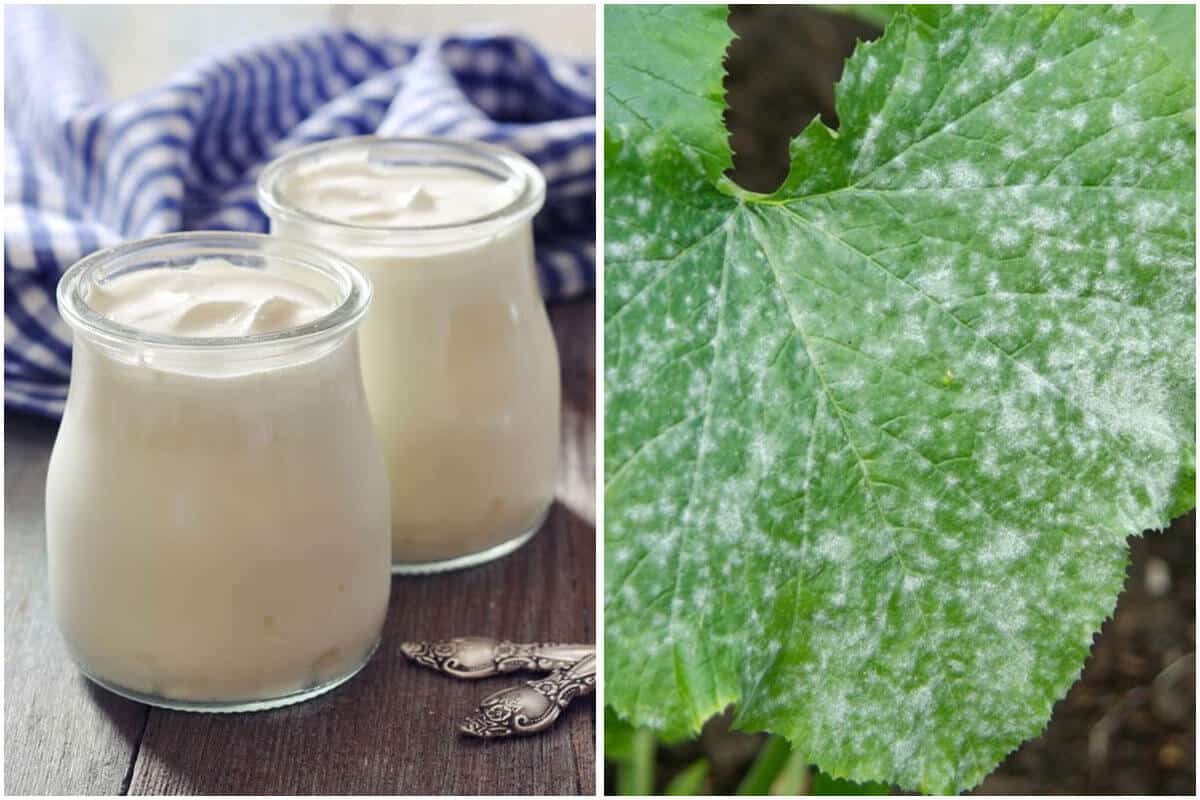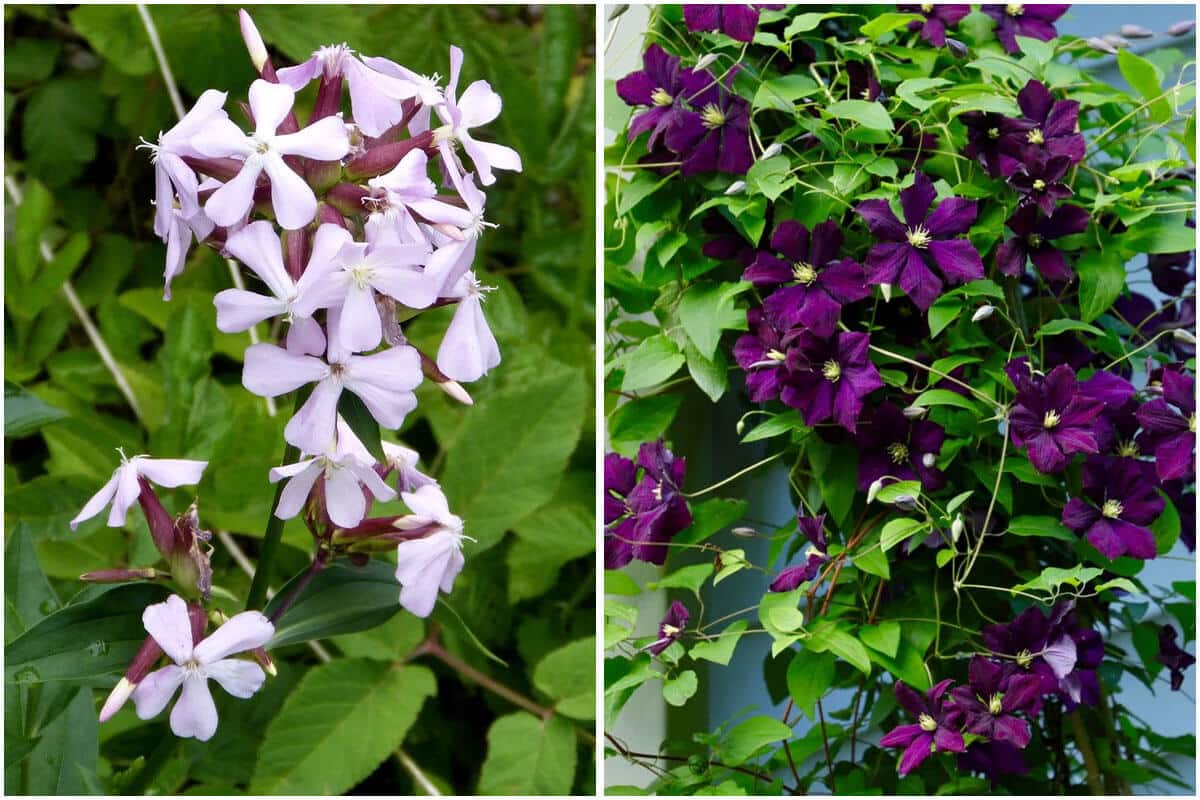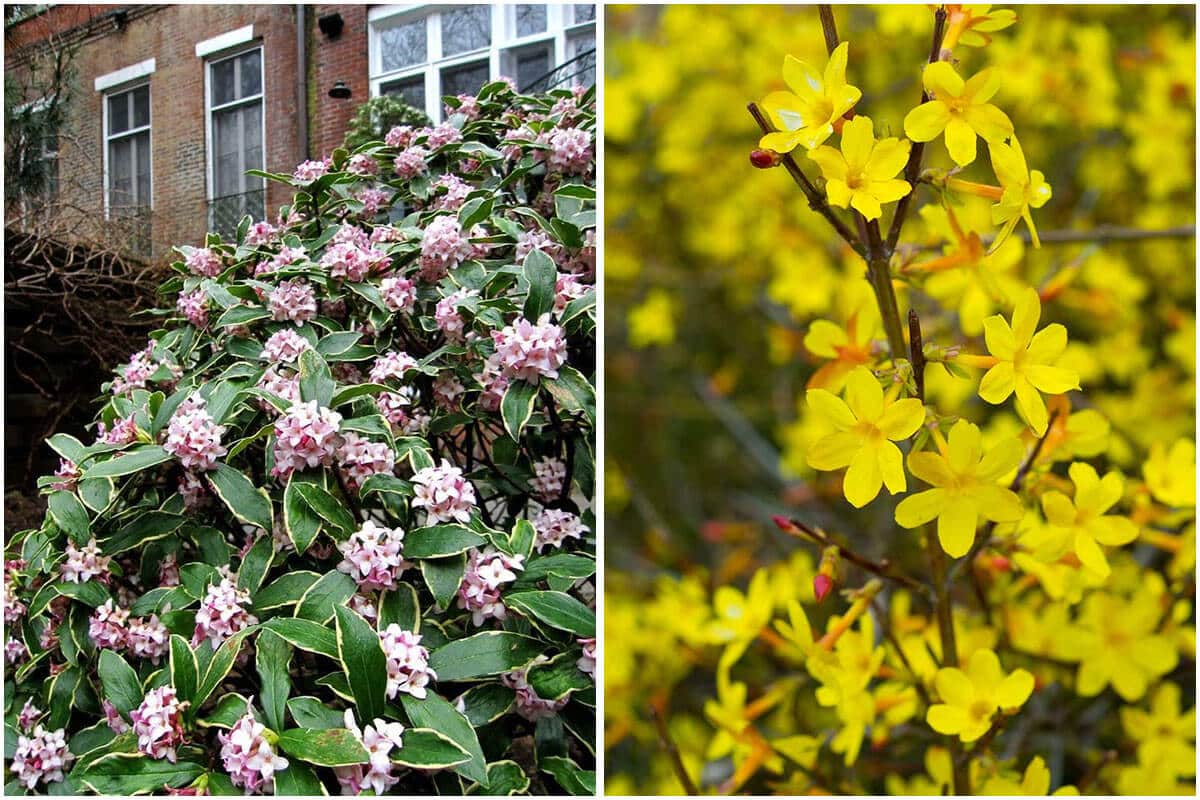Basil is one of the most popular herbs to grow but that doesn’t mean there are no basil plant problems. All plants are vulnerable to a range of diseases and insects and basil is no exception. There are a few basil diseases that can cause basil leaves to turn brown or yellow, have spots, or even wilt and fall off, you wonder what’s happening. That’s when you need to look at the common basil pests and diseases.
In this post today, we will give you some 13 of the most common basil herb diseases and some ways to remove them. Some diseases and pests can be easily get rid of by hand pick or spray some Neem oils, others are difficult, and the only way is to remove totally infected plants. These are common problems that almost every herb gardener has experienced when growing basil. So, if you are a beginner, this information today will be useful to you.
#1 Leaf Spot

Leaf Spot causes angular or irregular brown water-soaked spots on the leaves, along with streaks on the stems. Some preventative measures that you should apply such as planting disease-free seeds, promoting air circulation, and removing diseased plants and soil immediately.
#2 Gray Mold

The fungal disease causes brown to gray fussy growths to develop on the stems and leaves of the basil plant. Gray mold leads to the leaves falling off of the plant, and severe infections cause plant death. And removing infected plants is the only method.
#3 Downy Mildew

Downy Mildew causes yellowing leaves and discoloration that starts around the middle vein. Severe infections cause brown or black necrotic patches on the plant.
#4 Fusarium Wilt

Fusarium Wilt is one of the most deadly basil diseases because there is no treatment once your plant contracts this fungal disease. It presents itself with yellowing, wilting leaves, or the leaves might have brown streaks. Removing infected plants is the only way.
#5 Cercospora Leaf Spot

Cercospora Leaf Spot causes circular and irregular dark spots on the leaves with light centers and the spots gradually expand over time. This fungus spreads by overhead irrigation and splashing the fungus on the plants that live in the soil. You should remove symptomatic leaves firstly. And then, let’s find a fungicide that contains potassium bicarbonate and spread your basil plants weekly. But this way just applies to minor infections, if severe infections require the entire plant to be removed from the garden.
#6 Slugs and Snails

Slugs and snails will chew through the leaves and stems of your basil plants, and if the infestation is severe, these pests skeletonize entire plants. In order to get rid of them your herbs, you can try spreading wood ashes or eggshells around the base of your plants and putting out beer traps in your garden to attract and drown them.
#7 Nematodes

Nematodes are the most dangerous of nematode species. They leave galls on the roots of the plant that prevent the plant from bringing nutrients up the stems. Infestations cause stunted growth and eventual death. You need to rip up your basil and solarize the soil afterward to reduce the population.
#8 Leafminers

Leafminers cause trails on the leaves and serious infestations cause white blotches on the leaves of your plants. You might see leaves dropping from your plant, causing a decrease in yield from the plants. You can spray that treat leaf miners or remove plants instead of letting the infestation continue.
#9 Japanese Beetles

Japanese Beetles skeletonize the leaves with the veins remaining, but they also damage the flowers and buds on the plants. Handpick the beetles that you see, dropping them in soapy water. Or spray neem oil or insecticidal soaps to reduce their population.
#10 Aphids

Aphids spread a sticky substance over the plant called honeydew that attracts sooty mold and ants that will cause further damage. You can spray the pests off your basil plants with strong jets of water. Neem oil and insecticidal soaps also are effective methods of control for aphids.





